Especially my 8 year old daughter has often fever due to the daily contact with other kids. Mostly fever starts on weekends, so that our pediatrician is not available and we as parents wonder if she has caught a cold or a flu. It is indeed possible to be vaccinated against influenza, but as influenza viruses can change very quickly, the vaccines have to be adapted each year to the influenza viruses that are likely to be most prevalent in the next flu season and it is necessary to repeat the vaccination before each flu season with the current vaccine. So there is never a 100% protection. Healthy children or teenagers are normally not vaccinated at all. And some people can't or won't get vaccinated. So one day I had the idea to design a clinical thermometer that can distinguish between cold and flu...and maybe later diagnose other diseases for example caused by the 2019 novel coronavirus etc.
F°LUEX uses a naive Bayesian classifier, which is commonly used in automatic medical diagnosis. After taking the body temperature, the thermometer asks a few questions about the symptoms and then calculates the probability of whether it is more likely to be a flu or a cold. F°LUEX can be used as ear or a temporal artery thermometer, as this type can be used even while a child is asleep. It is powered by two 1.5 V AA alkaline batteries, has a small OLED display, a soft power switch and a miniature joystick for navigation. It is controlled by a Teensy 3.2. The temperature sensor is a Melexis infrared thermometer with 3V medical accuracy and 5° FOV. All electronic components are on one PCB. I made sure to use as few as possible and only easily obtainable standard components. The two-shell housing is 3-D printed in versatile plastic and sandblasted afterwards. I wanted a straightforward, industrial design to stand out from the usual design forms of clinical thermometers. Two first renderings follow. Further details of the project can be found in the corresponding logs.
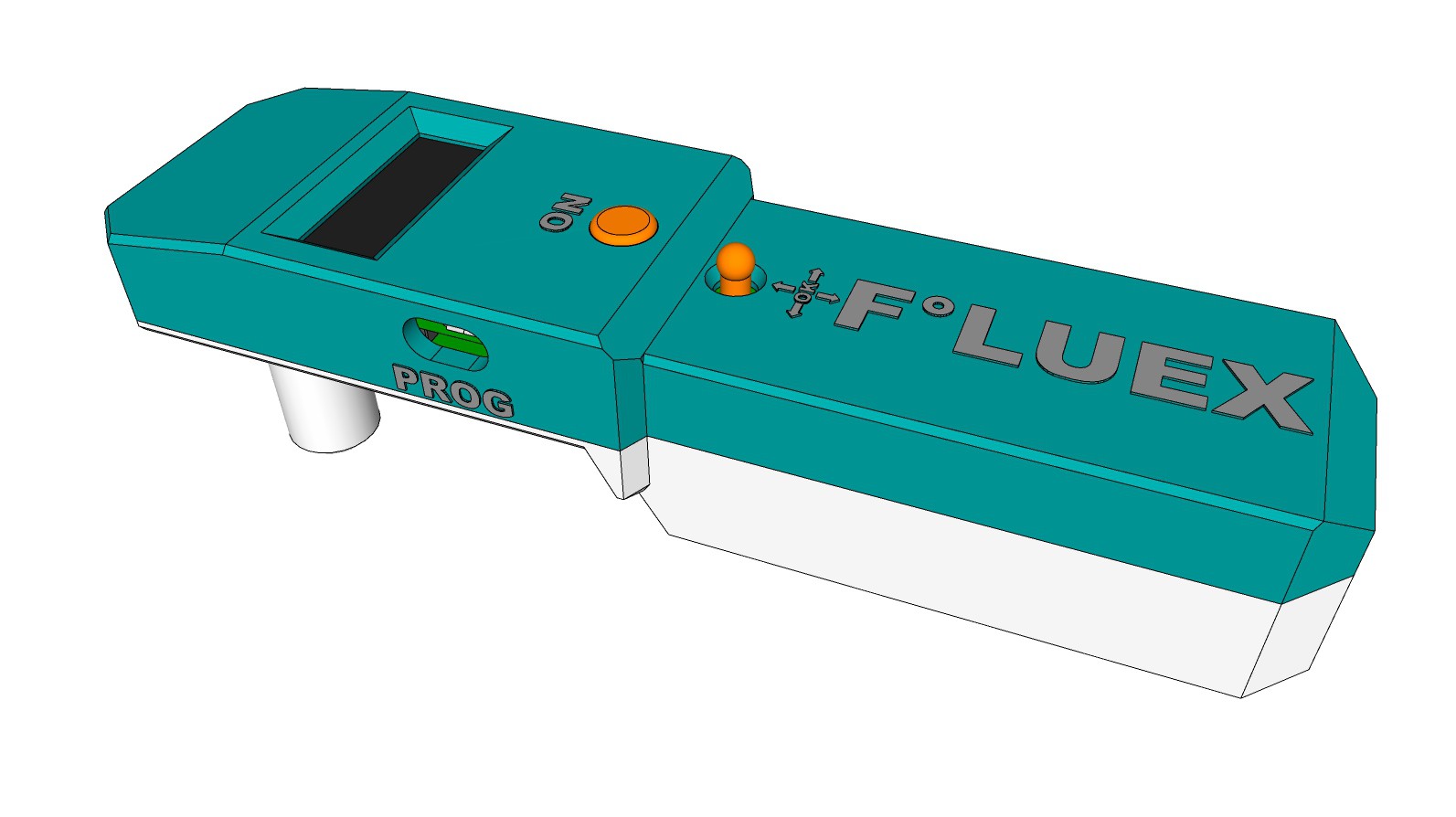
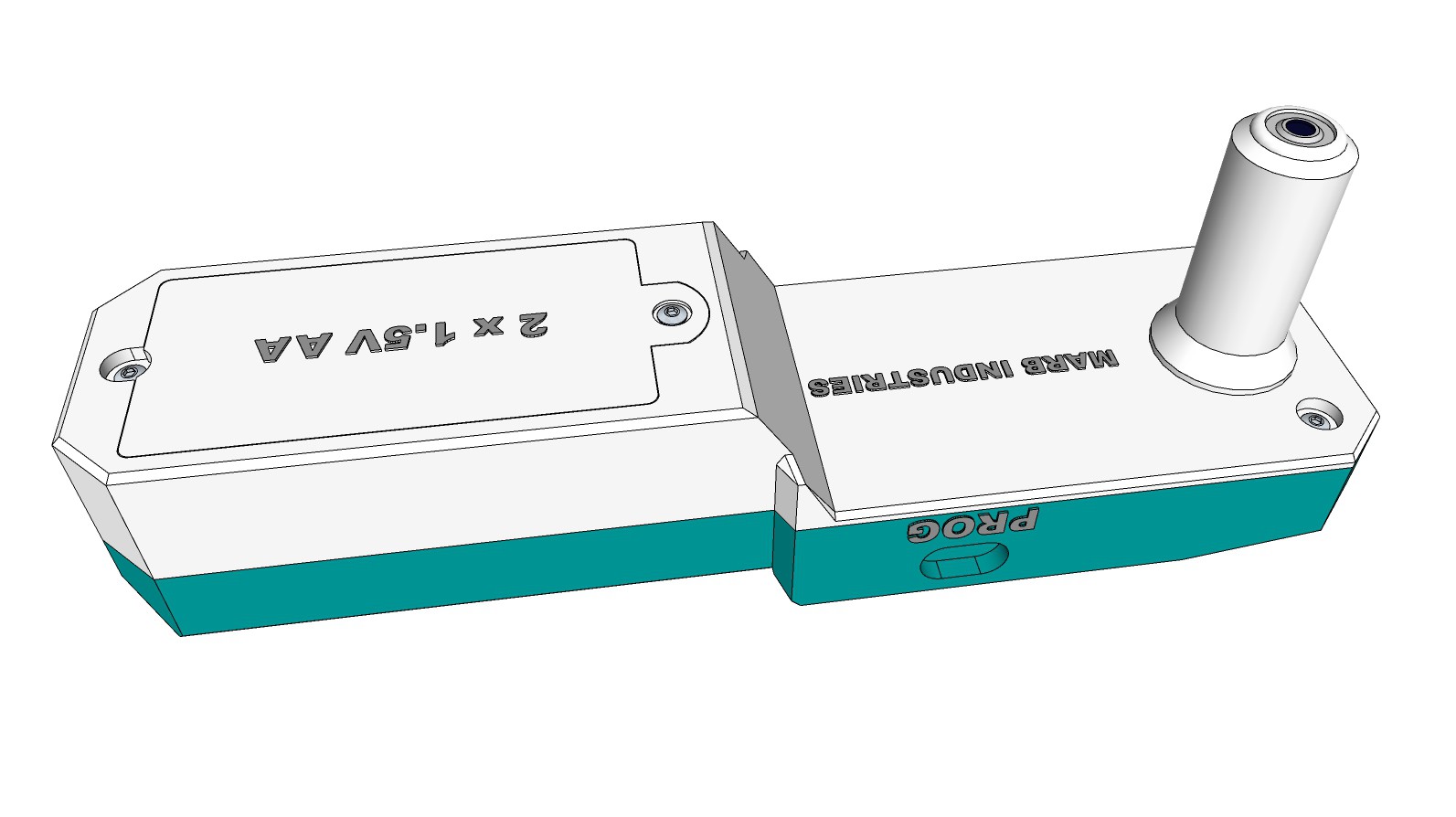
This project is released under the MIT license.
 M. Bindhammer
M. Bindhammer






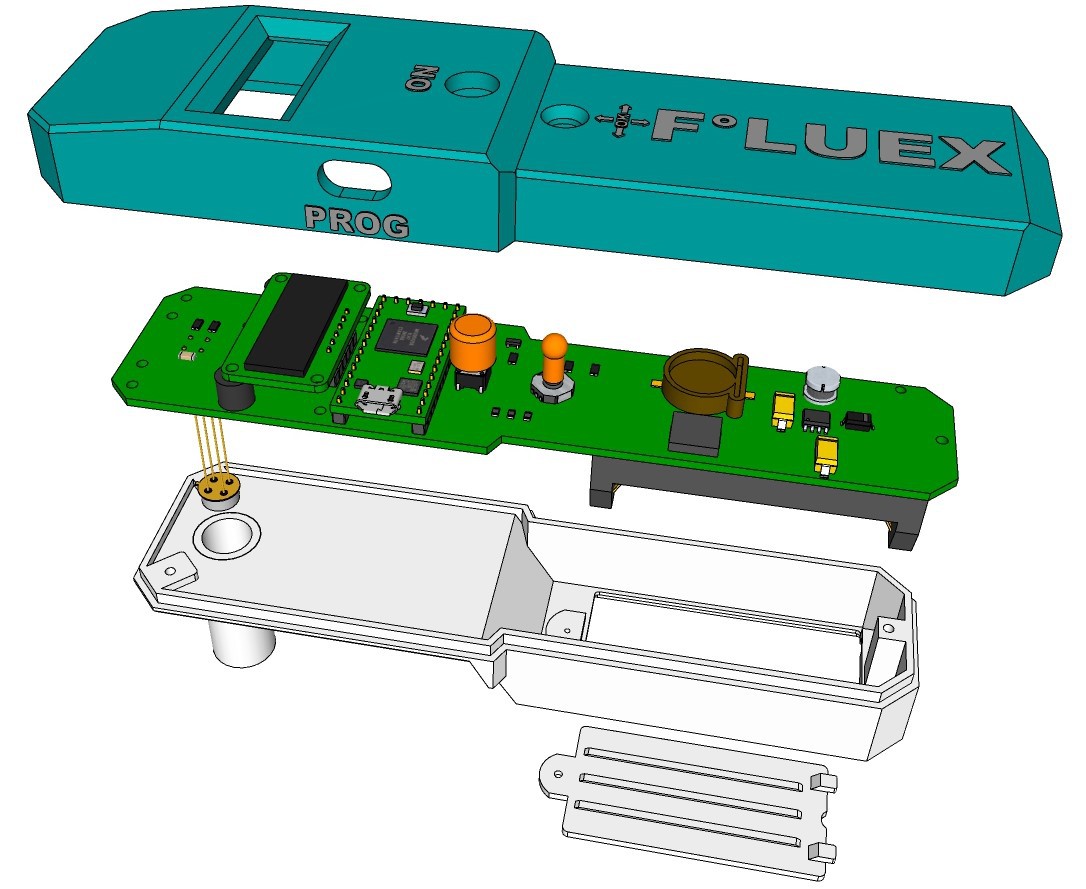

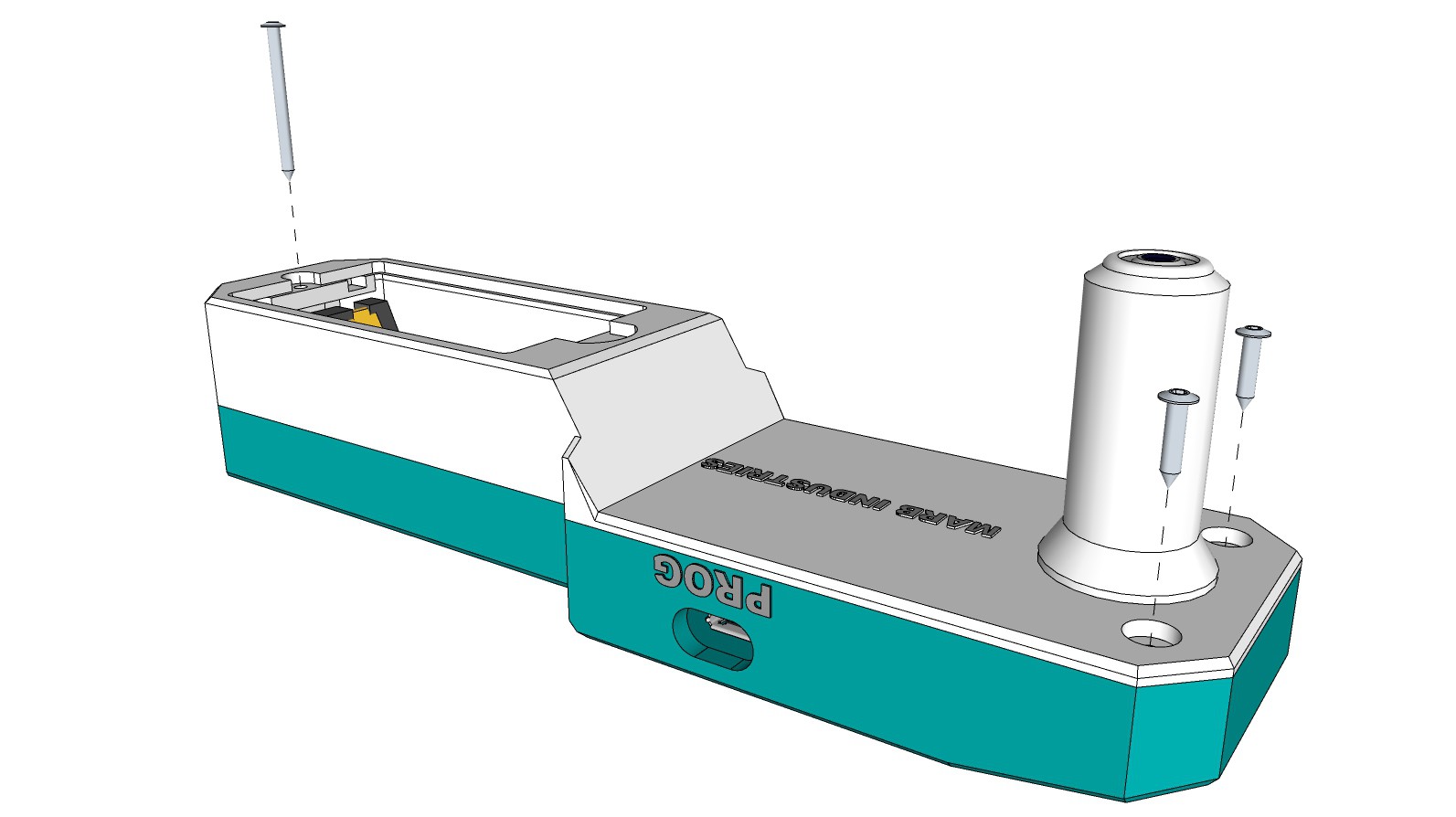
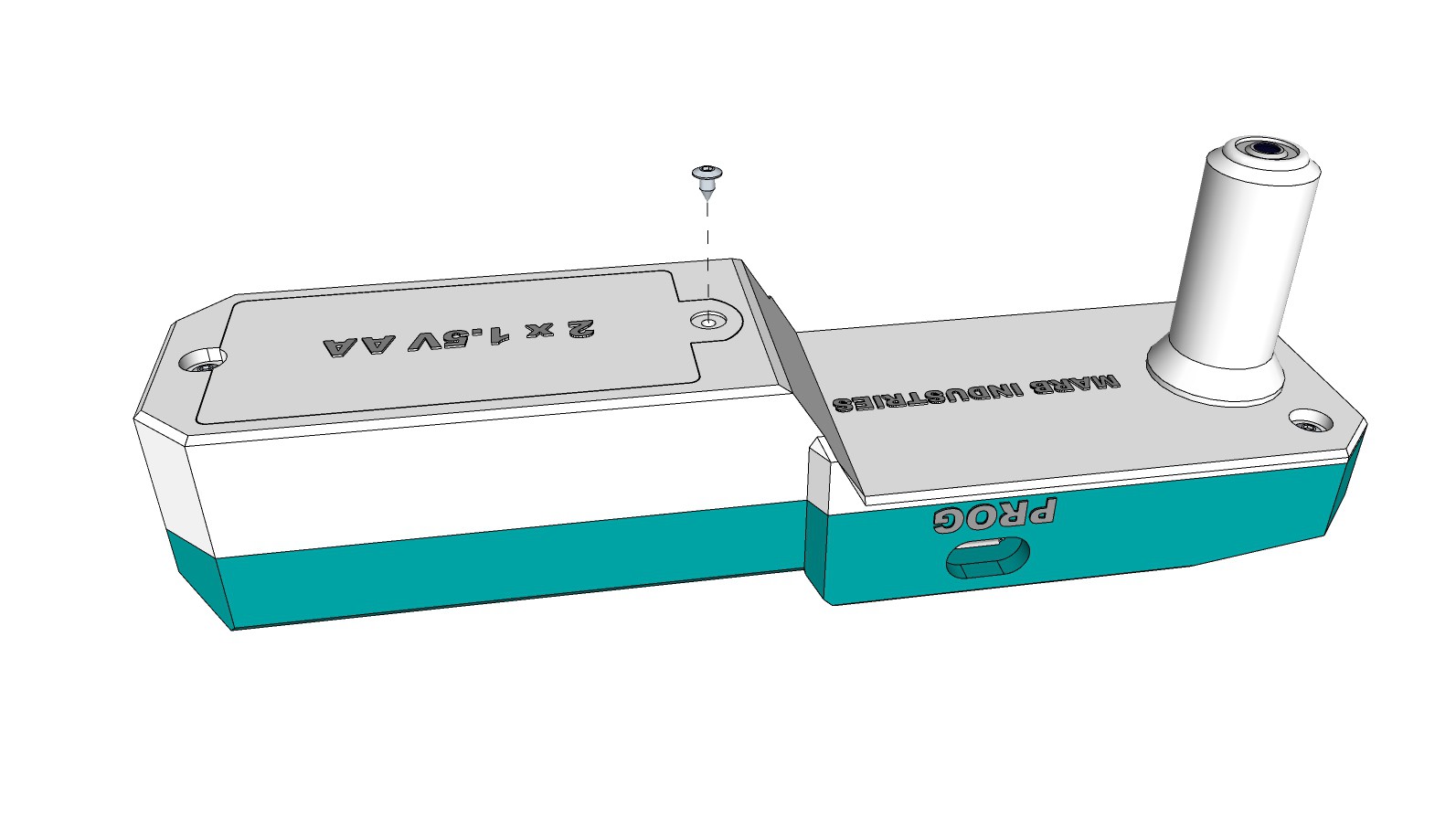
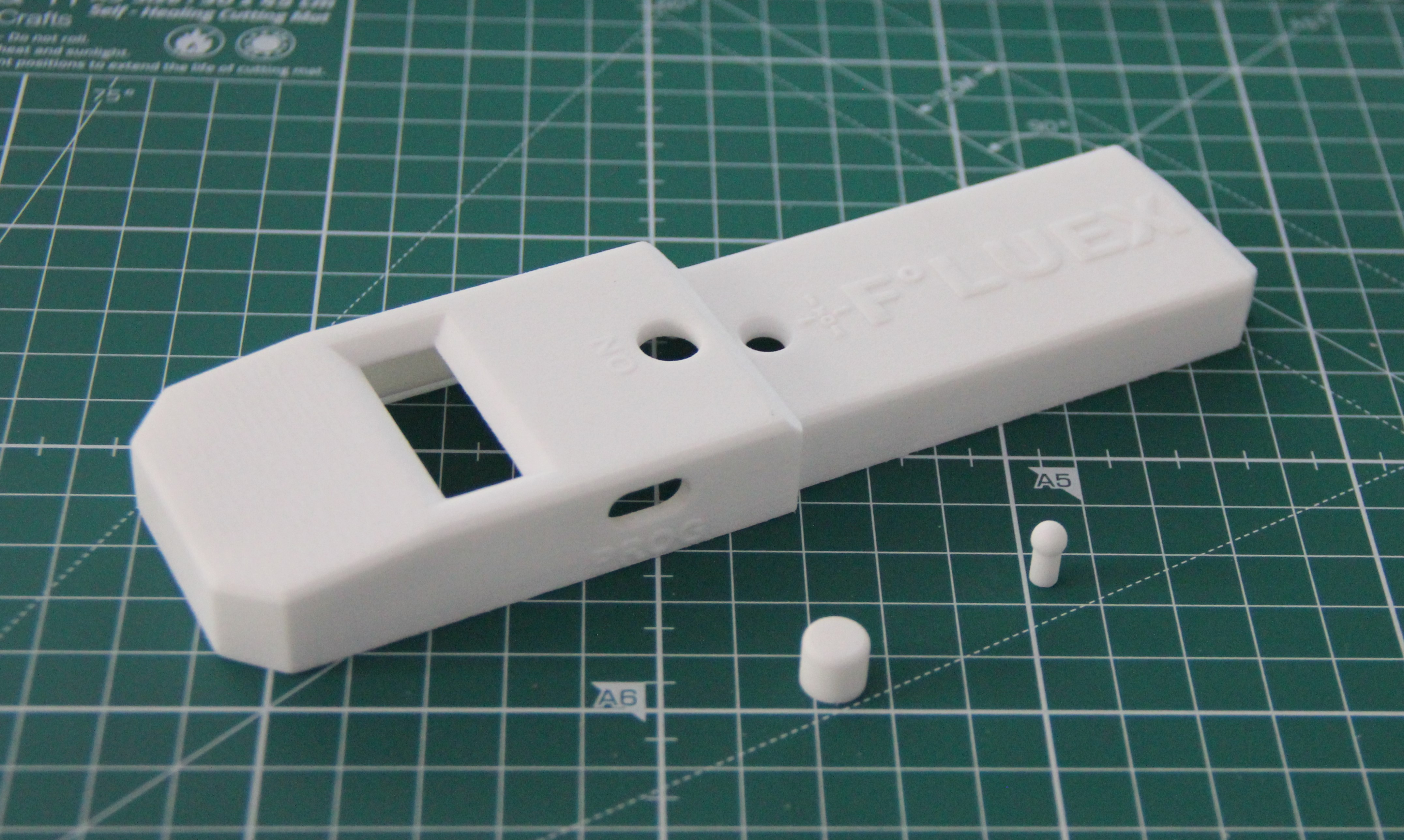
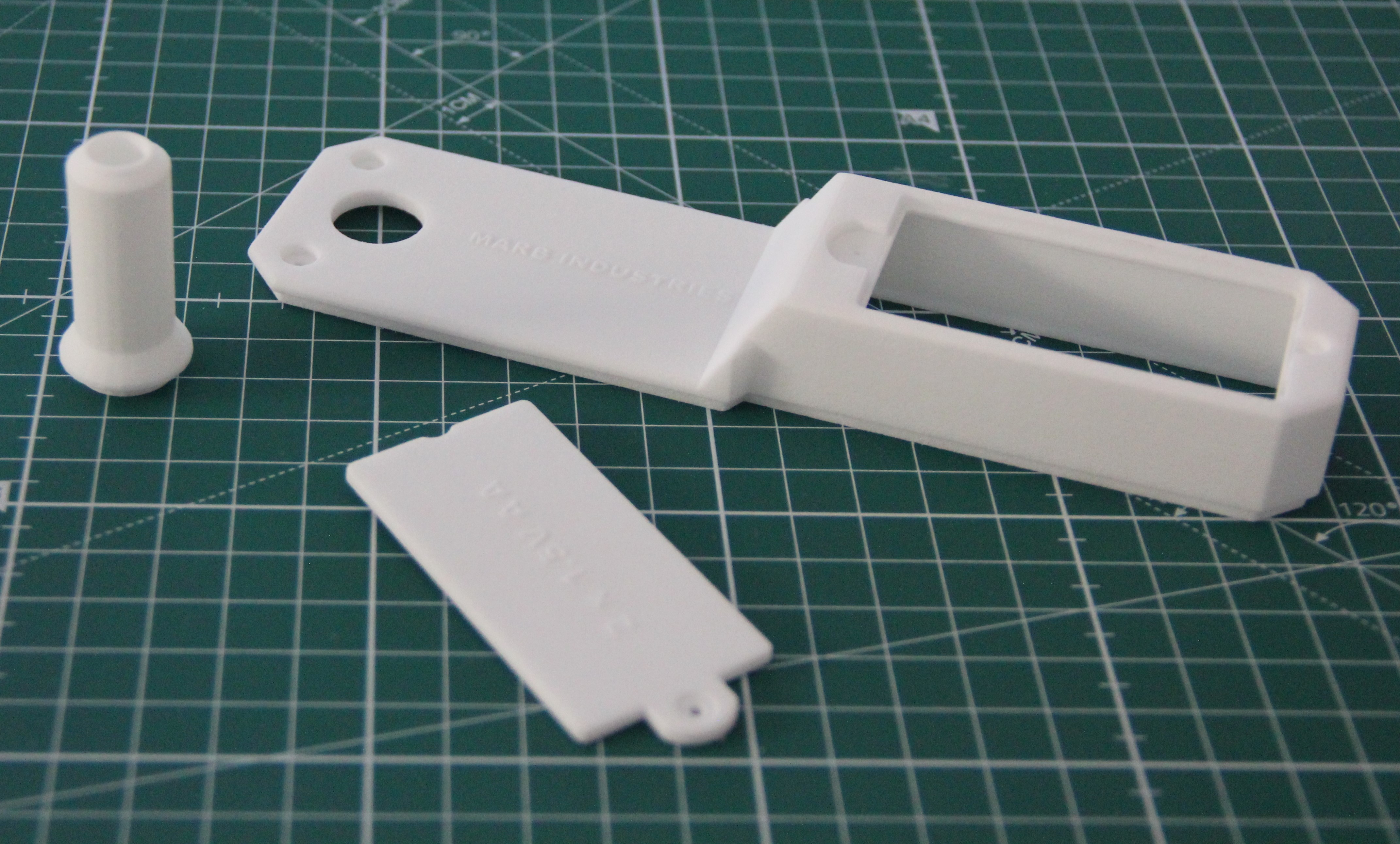
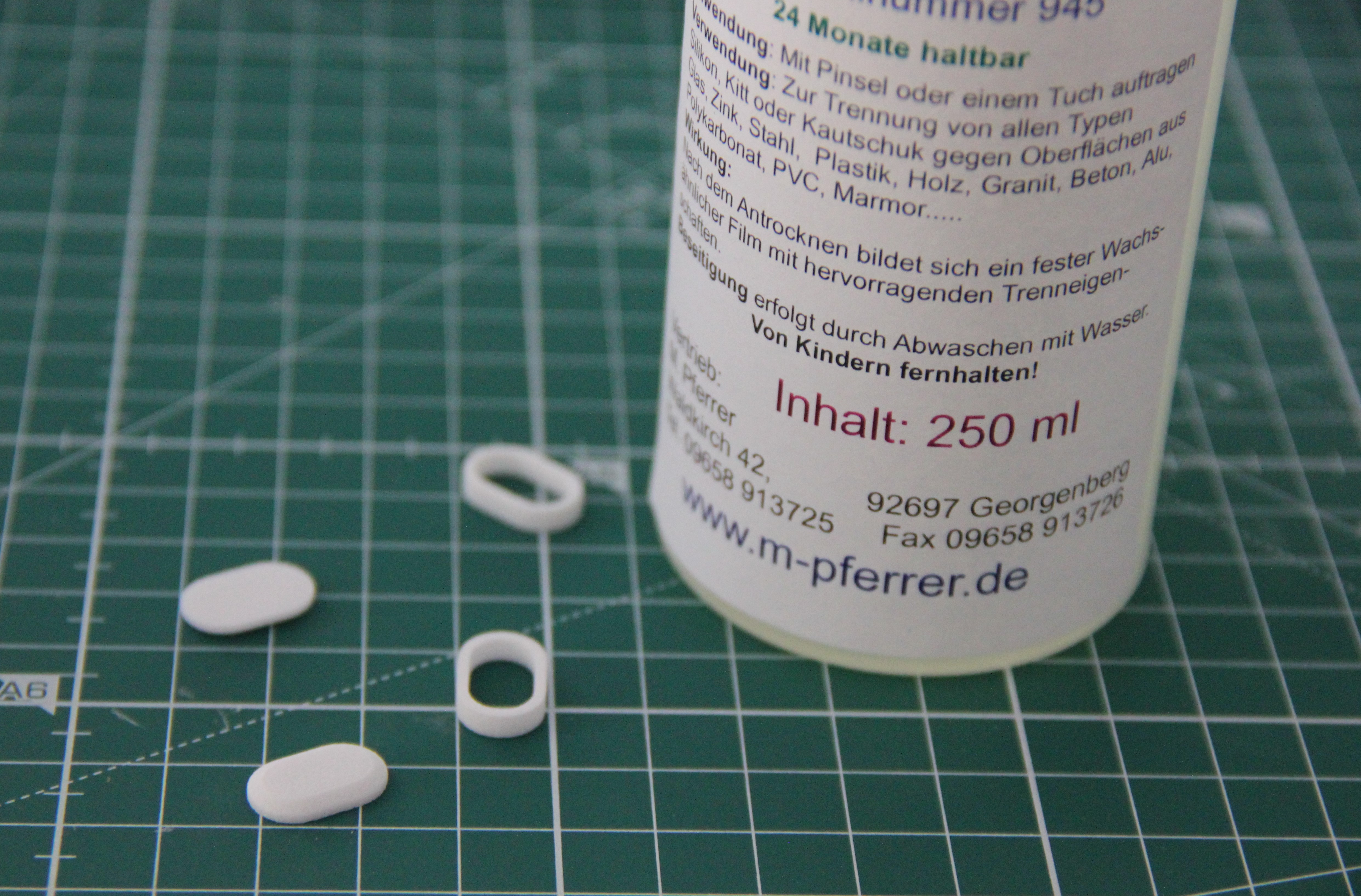
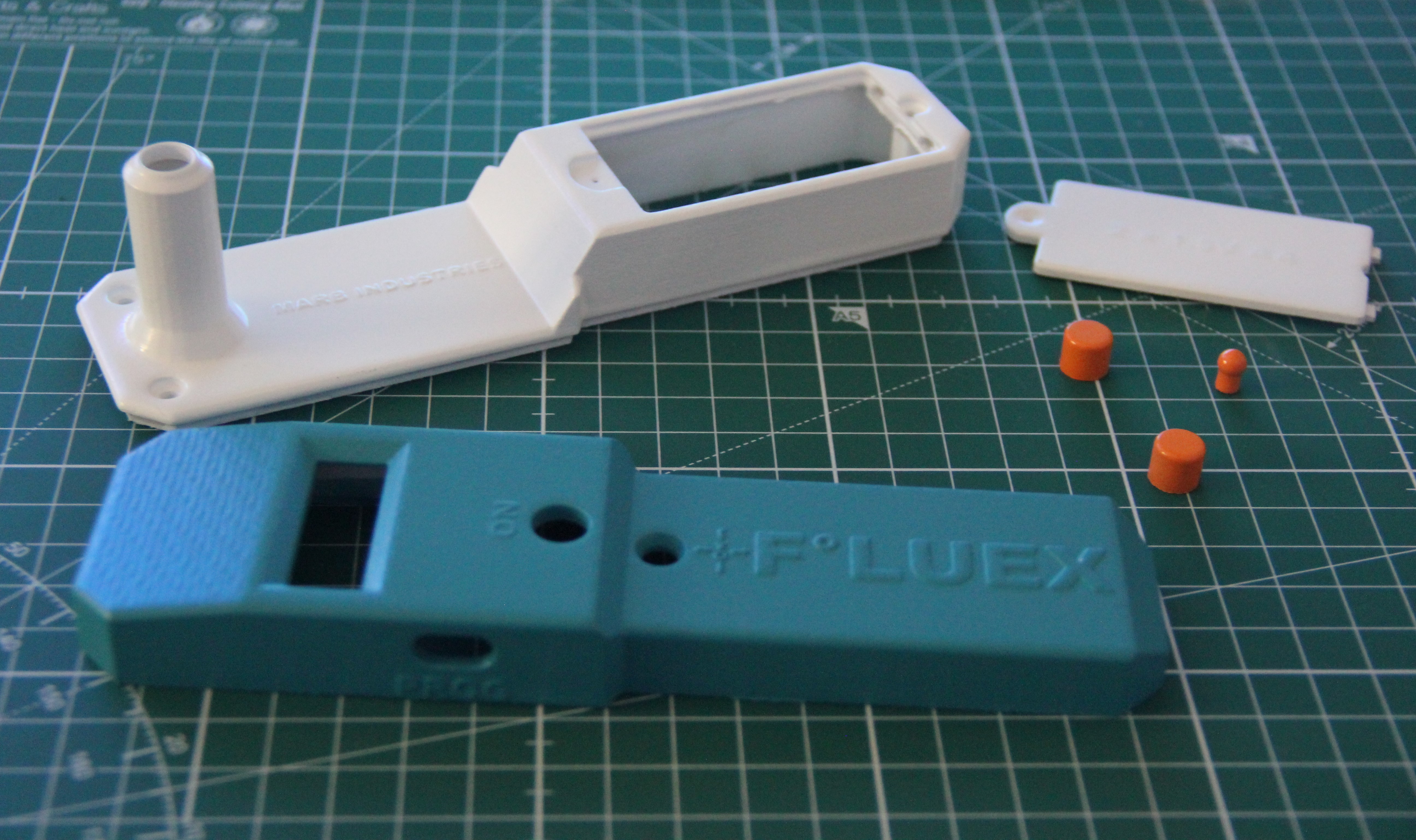
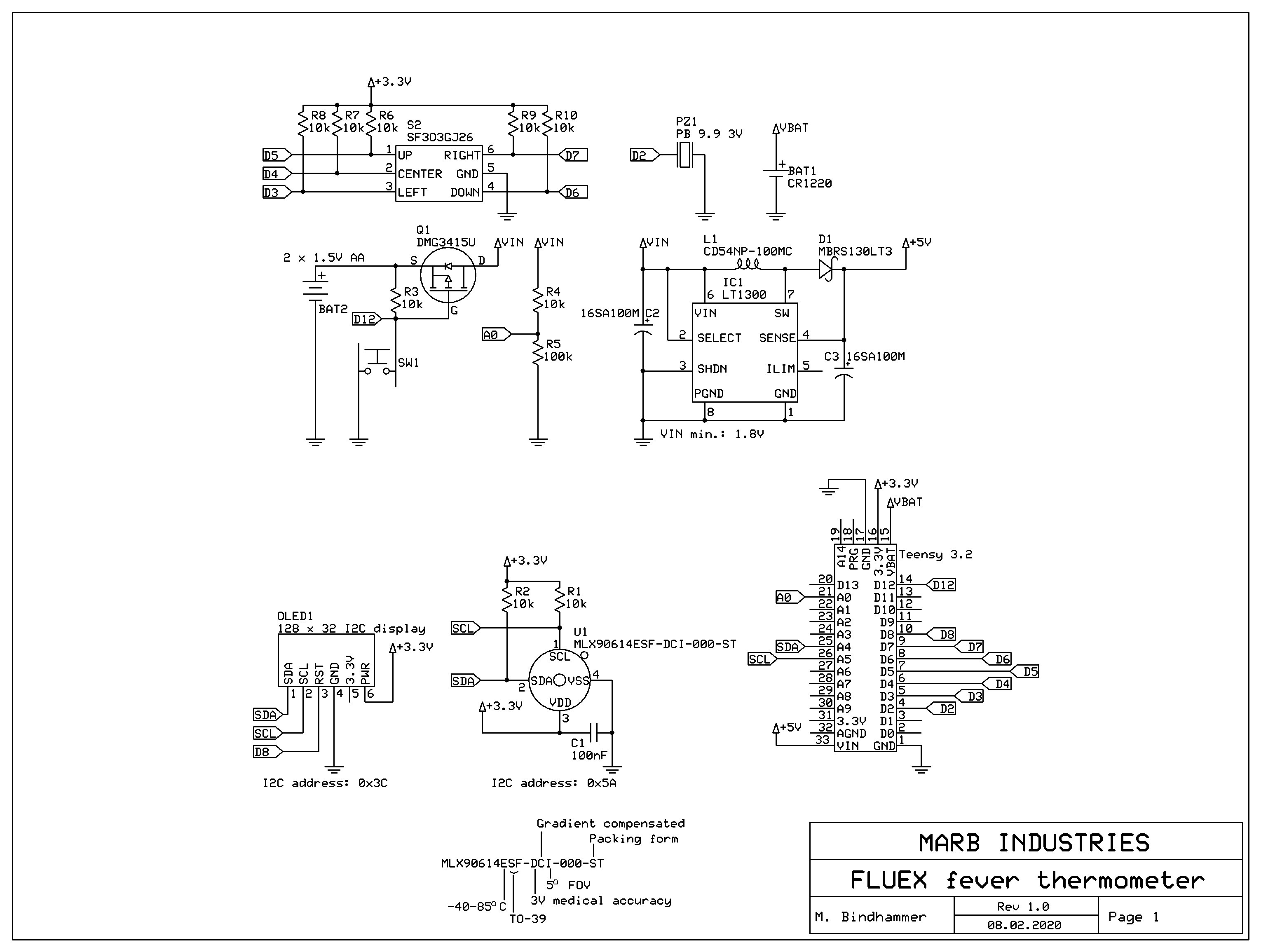

 Before the housing can be designed, a 3-D model of the populated board is required. I use Sketchup for 3-D modeling. Fritzing is not able to generate a 3-D rendering of the board, so I had to draw everything by hand again, using dimensional drawings and data sheets of the components.
Before the housing can be designed, a 3-D model of the populated board is required. I use Sketchup for 3-D modeling. Fritzing is not able to generate a 3-D rendering of the board, so I had to draw everything by hand again, using dimensional drawings and data sheets of the components.
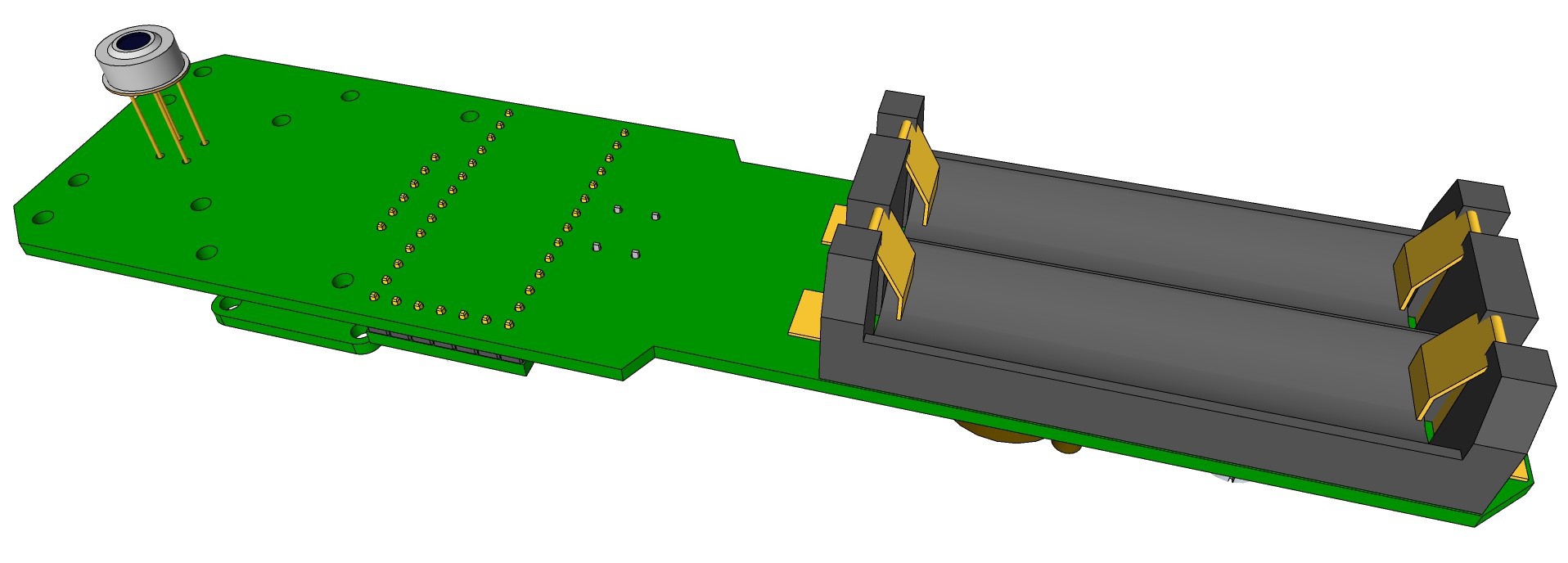 I won't reflow the board, just hand solder the few SMD components. For SMD soldering it is important to use a lot of flux (flux pen). Flux residues can be easily removed with 100% ethanol and an old toothbrush after soldering.
I won't reflow the board, just hand solder the few SMD components. For SMD soldering it is important to use a lot of flux (flux pen). Flux residues can be easily removed with 100% ethanol and an old toothbrush after soldering. 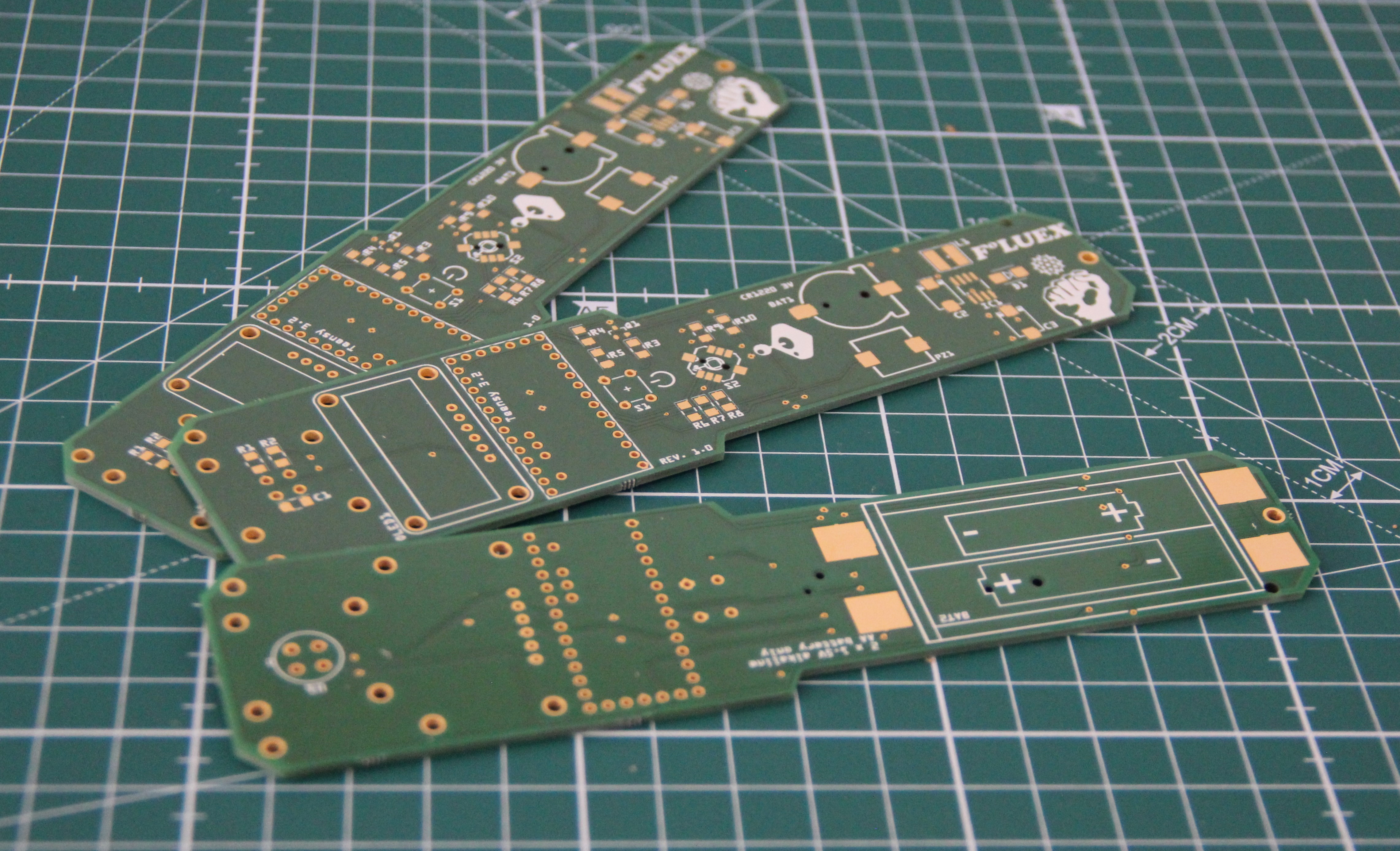 Populated top side (just the infrared Thermometer is missing - back order):
Populated top side (just the infrared Thermometer is missing - back order):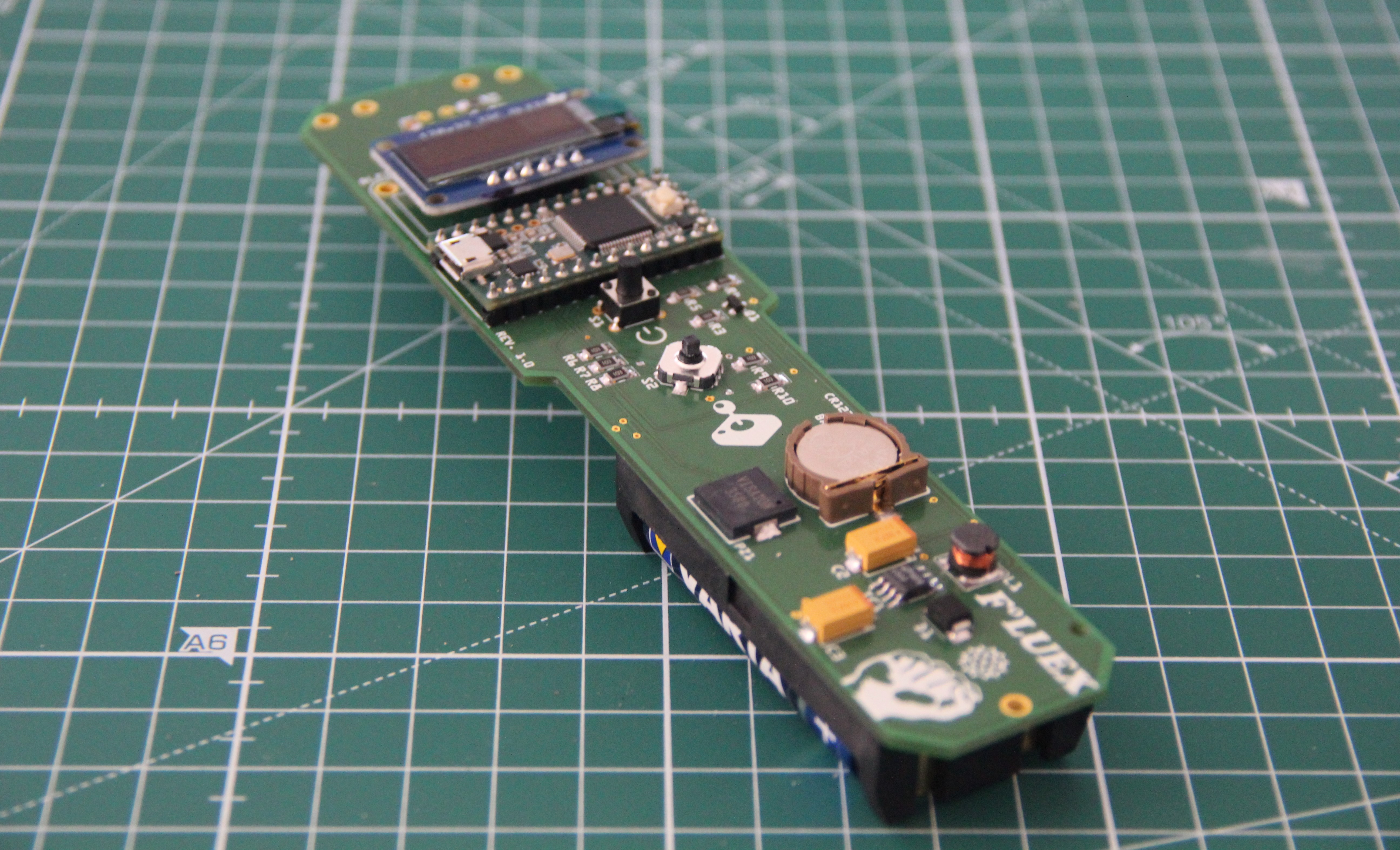
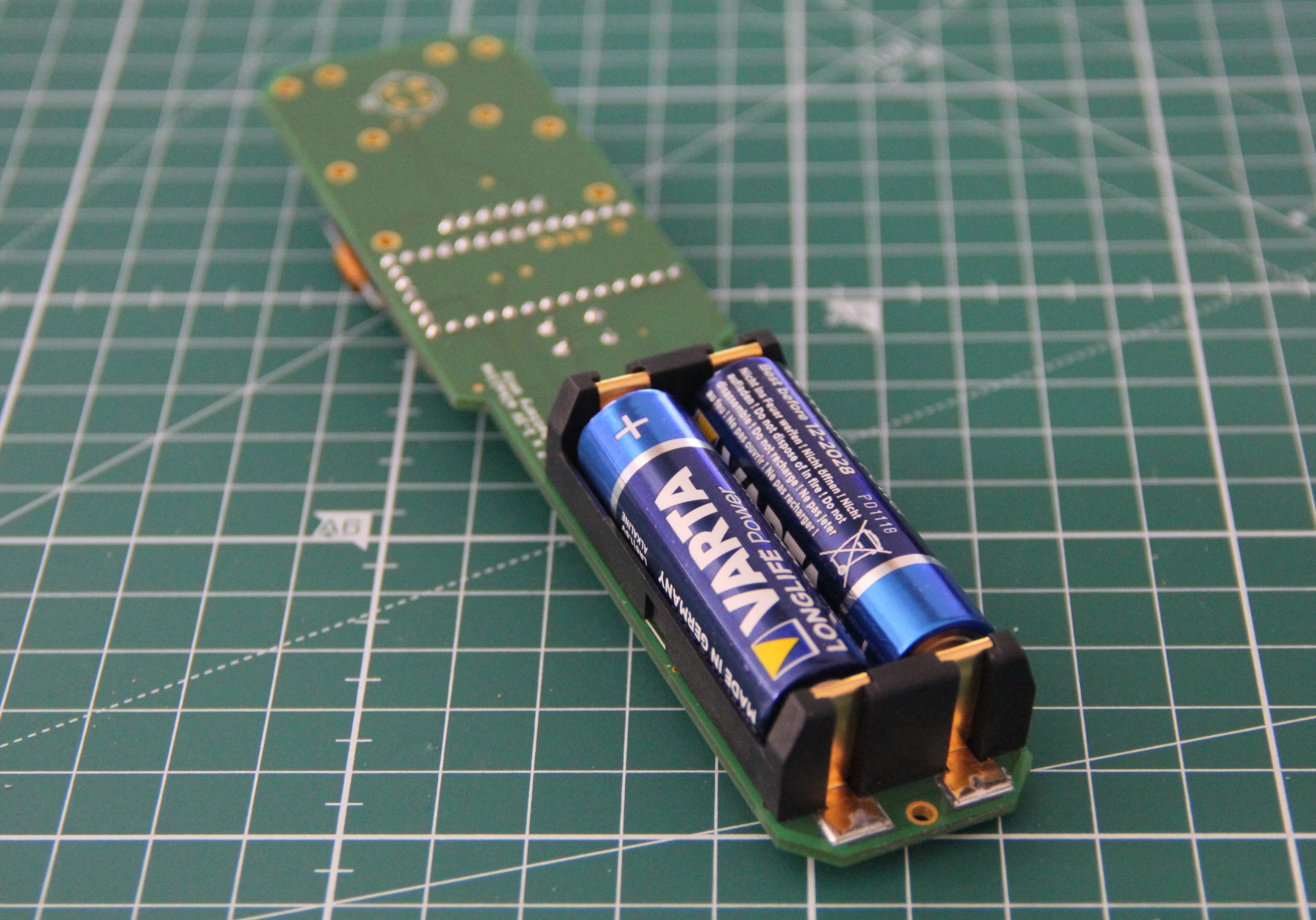



First, Nice project!
I'm wonder how you was able to get stable temperatures using the IR sensor MLX90614-DCI ...
I'm building a simple project with arduino using the same "MLX90614-DCI" and I tried change the Emissivity range between 0.95 - 0.98 (Human skin according to the datasheet) and I'm even using a kalman filter for the stability and accuracy, but for some reason it doesn't work as expected (even comparing with those cheap IR thermometers...)
Did you use some specific formula on your project that gives you more accuracy ?
Thanks.